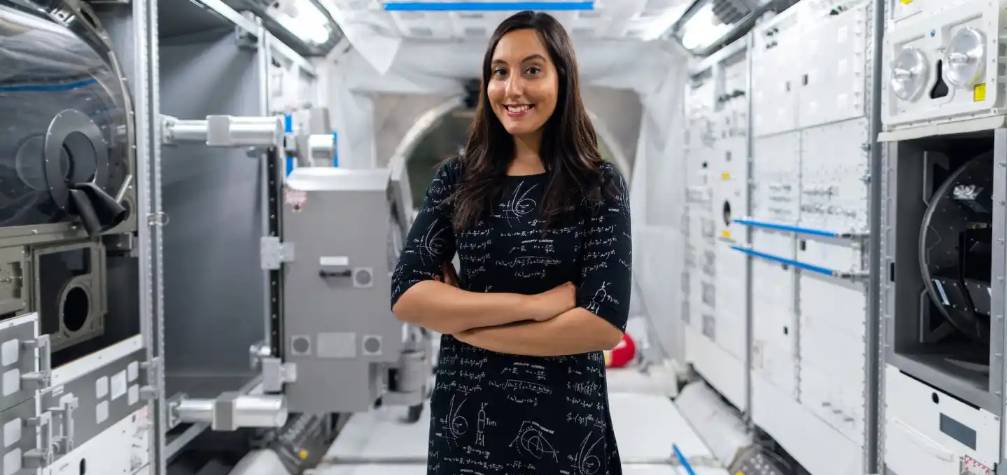Interstellar Dreams: Future Prospects for Spacecraft Technology
6 min read
23 May 2025
The realm of space exploration is undergoing a transformative phase as scientists and engineers dream of reaching beyond our solar system to explore the vast interstellar space. The prospects for spacecraft technology have never been more promising, and as we gaze towards the stars, we envision a future where humanity takes its first steps into the interstellar expanse. In this article, we delve into the interstellar dreams that are driving the development of groundbreaking spacecraft technology.
Propulsion Beyond Imagination
Interstellar travel demands propulsion systems beyond anything currently in use. Concepts like laser propulsion and antimatter engines are being explored. Laser propulsion involves propelling a spacecraft using laser beams, while antimatter engines utilize the immense energy of antimatter reactions. These technologies could enable spacecraft to reach a significant fraction of the speed of light, drastically reducing travel times to nearby stars. The quest for faster propulsion methods has never been more fervent.

Interstellar Navigation Challenges
Navigating through interstellar space presents unique challenges. The vast distances and lack of familiar landmarks make traditional navigation methods obsolete. Future spacecraft may rely on advanced AI-driven autonomous navigation systems, celestial mapping, and gravitational assists from celestial bodies to chart their course through the cosmic void. The development of autonomous navigation represents a fundamental shift in our approach to interstellar exploration.
Radiation Shields for Deep Space
Interstellar journeys expose spacecraft to cosmic radiation, which can be lethal to both humans and technology. Innovative shielding materials and advanced radiation-resistant designs are being developed to protect spacecraft and their occupants from these dangers. These shields must be lightweight yet highly effective to ensure safe passage through the cosmos. The quest for robust radiation shielding is paramount to safeguard interstellar missions.
Sustainable Energy Sources
Sustainable energy sources are crucial for interstellar missions that could last decades or even centuries. Beyond the reach of solar power, spacecraft may rely on advanced nuclear reactors or even harness energy from cosmic phenomena like pulsars or magnetic fields. These energy solutions must be reliable and provide continuous power for long-duration missions. The pursuit of sustainable energy in space is a defining aspect of interstellar spacecraft development.
Communication Across Cosmic Distances
Interstellar distances require communication systems capable of transmitting signals over immense spans of space. Advanced communication technologies, including quantum entanglement-based communication, are being explored. These technologies could enable real-time communication with spacecraft across light-years, revolutionizing our ability to stay in contact with interstellar explorers. The quest for interstellar communication is driven by the need to bridge vast cosmic gaps.
Interstellar Robotic Probes
Human travel to distant stars is a long-term dream, but in the interim, robotic probes will pave the way. These autonomous explorers will carry out missions to nearby star systems, collecting data and transmitting it back to Earth. These missions will provide valuable information about potential destinations for future crewed interstellar voyages. The era of interstellar robotic exploration represents a critical phase in our journey to the stars.
The Road to Interstellar Exploration
Interstellar dreams are not confined to science fiction; they are driving the evolution of spacecraft technology. While the challenges are immense, the rewards of interstellar exploration are equally profound. As technology advances, we are steadily inching closer to the day when humanity takes its first steps into the cosmic ocean. Interstellar spacecraft technology is the bridge that will carry us into a future where the stars are within our reach. The path to interstellar exploration is marked by innovation, perseverance, and an unwavering spirit of discovery.
Conclusion: A Cosmic Odyssey
The prospect of interstellar exploration is a testament to human curiosity and our relentless pursuit of knowledge. With each technological breakthrough, we draw nearer to a future where interstellar dreams become a reality. The evolution of spacecraft technology will be the catalyst that propels us into the great unknown, where the mysteries of the cosmos await our discovery. The cosmic odyssey beckons, and we are poised to answer its call with unwavering determination and boundless ambition.


